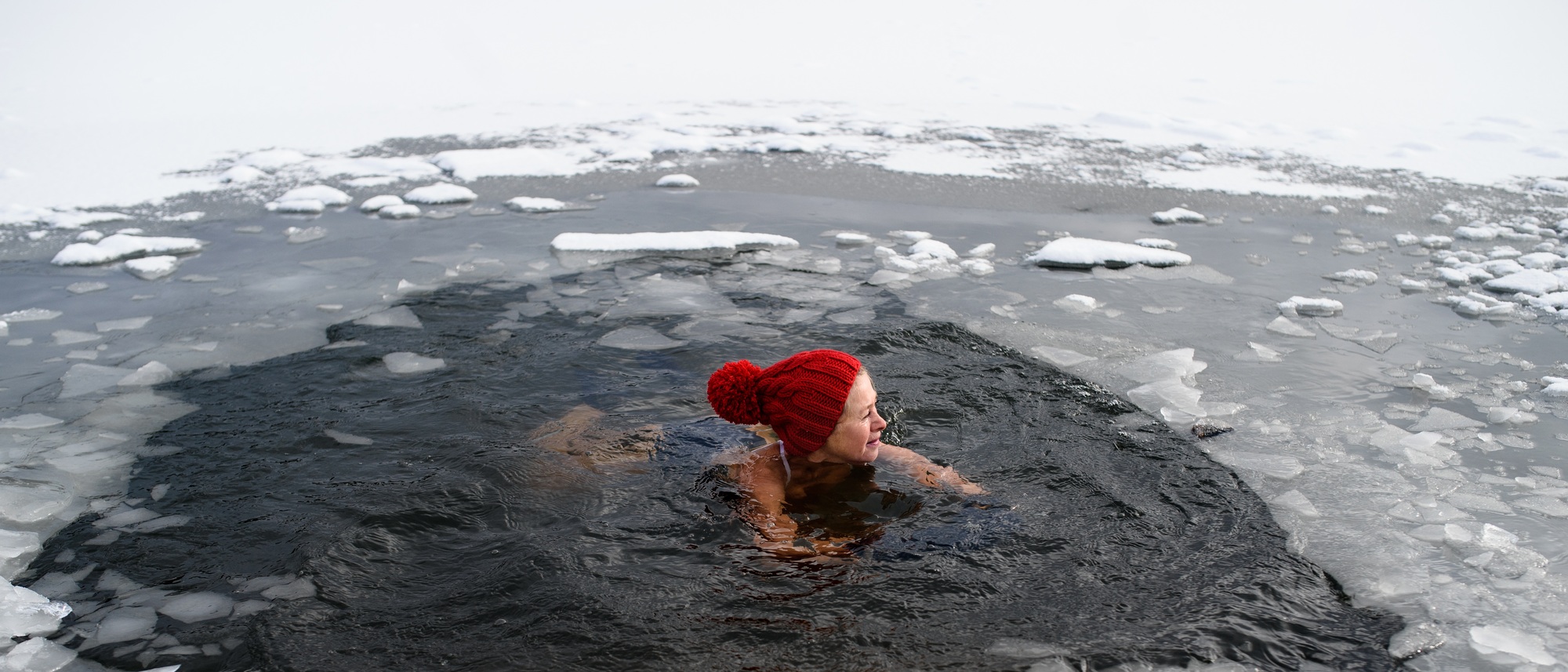Feeling stressed, sluggish, or just looking for a boost? Cold-plunging might be the icy reset you didn’t know you needed!
This wellness trend, loved by athletes and health seekers alike, involves immersing yourself in cold water to unlock a range of physical and mental benefits.
But is it worth the chill? Let’s take the plunge into what cold exposure could do for you.
What Is Cold-Plunging?
Cold-plunging is the deliberate act of immersing yourself in cold water, whether that’s through an ice bath, a brisk outdoor dip, or even a cold shower. It’s not just about tolerating the cold—it’s about reaping rewards for both body and mind.
Thanks to its growing popularity among athletes and wellness enthusiasts, combined with its viral rise on social media, cold-plunging has transformed from a niche practice into a mainstream wellness movement. And believe it or not, there’s science driving the hype.
The Physical Benefits of Cold-Plunging
Reduces Inflammation
If you’ve seen athletes dunking into ice baths after a game, there’s a reason for it. Cold water exposure reduces inflammation by constricting blood vessels and easing sore muscles. It’s like a natural ibuprofen, helping you recover faster after intense physical activity.
Boosts Circulation
When you’re exposed to cold water, blood vessels constrict, and as you rewarm, they dilate. This process improves circulation, which helps oxygen and nutrients flow more efficiently throughout your body. Some evidence suggests this could even support heart health by keeping blood vessels elastic and healthy.
Strengthens the Immune System
Research indicates that regular cold plunging might boost white blood cell production, enhancing your immune response. While it’s not a cure-all, this could be one more tool in your wellness toolkit to help fend off the sniffles. However, it’s important to note that more research is needed to fully understand its effects and benefits.
Increases Energy
Cold exposure initiates a physiological response known as the cold shock response, which triggers the release of adrenaline. This hormone surge increases your heart rate and energy levels, making you feel more alert and invigorated. It’s an effective way to combat morning grogginess and boost your energy levels.
The Mental Benefits of Cold-Plunging
Reduces Stress and Anxiety
Immersing yourself in cold water triggers the parasympathetic nervous system, which is responsible for calming the body. This biological response can reduce stress and help manage anxiety by promoting relaxation and enhancing mood regulation.
Improves Mood
Ever heard of the term “runner’s high”? Cold exposure can create a similar endorphin rush, leaving you feeling euphoric and uplifted. It’s no wonder cold plunging has been tied to better mood levels.
Builds Mental Resilience
The initial shock of freezing water may not sound like fun, but overcoming it is an empowering experience. Regularly practicing cold plunging can help you build mental toughness, making you more resilient to everyday challenges.
Improves Focus
Cold exposure forces you into the here and now. It’s hard to think about your to-do list when you’re focused on catching your breath! Many people find cold plunging helps sharpen their mental clarity, making it a great way to kickstart your day.
Is Cold-Plunging Right for You?
Curious about trying it? Start small! Try a 30-second cold shower at the end of your regular routine or dip your toes (literally) into a cold bath. Gradual exposure allows your body to adjust without overwhelming yourself.
However, it’s essential to prioritize safety. If you have heart conditions or health concerns, consult your doctor before you start. And, of course, listen to your body—if it doesn’t feel right, there’s no shame in backing out and trying another day.
Conclusion
In the end, cold-plunging isn’t just about enduring a shock to your system—it’s about embracing the exhilarating benefits that come with it. Whether you’re easing those aching muscles, boosting your mental clarity, or simply challenging yourself to conquer the cold, this practice can become a unique part of your wellness routine.
Remember, it’s a personal journey—start slow, listen to your body, and most importantly, have fun with it.







